Let Us Count the Ways: The Tech We Really Love
At its core, technology is ruled by cold, hard logic. But our relationship to it doesn’t have to be.
We’ll bet that at some point in your life, perhaps even now, there was a piece of hardware, an app, or an online service that made you smile with delight, that felt like a trusted, loyal companion. In short, you might have felt something like affection for a little bundle of bits and bytes.
Well, we here at Yahoo Tech aren’t afraid to let our feelings show. We aren’t ashamed to admit that there is some technology we love (just as there’s some we loathe with a cold, dark passion). We aren’t saying these are the best tech products in the world. Just that these are the ones we wouldn’t want to live without, the ones that have become parts of our lives, the ones we really, really like like.
Amazon Echo
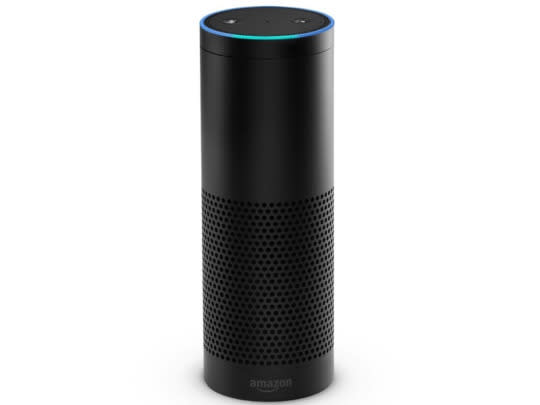
I’m working at home when my friend Kirk calls. “Hey, what’s up?” I ask. “Actually,” he says sheepishly, “I called to talk to Alexa.” Alexa is the name of the bot inside the Amazon Echo. Since I installed her in my kitchen, she has made lots of friends; my teenagers talk to her in the middle of the night. She also settles trivia questions during dinner parties, keeps track of our shopping lists, plays that song we want to hear right now, and reads us poetry. She tells us the traffic, the next train time, the weather, how many ounces are in a quart, and who invented the zipper. She is smart, charming, and self-deprecating.
So I understood Kirk’s call. I held up the phone so he could talk to her. “Alexa,” he asked. “Tell me a joke.” And she did — a bad one, but still a joke. We laughed and told her it was terrible; Kirk admitted he would probably retell it at work. She replied, “If you thought that was bad, just wait until you hear the others.” — Christina Tynan-Wood
Bose QuietComfort 25
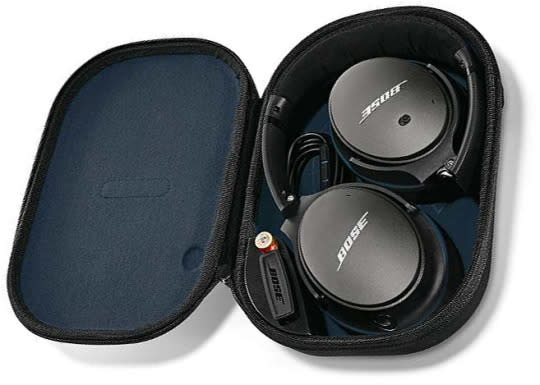
Nobody has ever quite matched the noise-canceling prowess of Bose’s QuietComfort headphones. But ouch: $300 for a pair of headphones? For years I avoided buying them. The original model was too big and heavy, and the smaller QuietComfort 15s created a weird, uncomfortable dead-vacuum sensation in my ears. But when I reviewed last year’s new QuietComfort 25 headphones, I knew that my life as a frequent flier was about to change.
They sound better than any previous model, they don’t do that nasty thing to my ears, and they fold up smaller into a more compact case. How much did I love them? So much that I bought a pair for myself. They say that noise-canceling headphones reduce stress and protect your hearing. (Because they subtract most of the loud, continuous roar around you, you can listen to music or movies at a lower volume.) Whatever. All I know is that the QuietComfort 25s make flying a lot more quiet and comfortable. — David Pogue
Google Maps
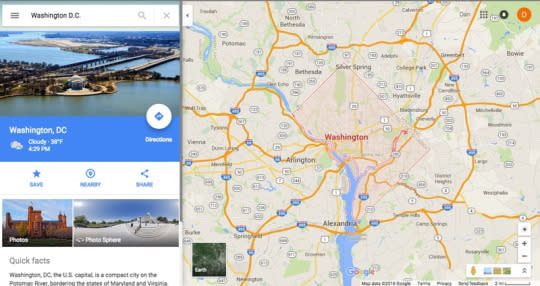
The odds of me leaving my home without a quick check of Google Maps are only slightly greater than the chances that I’ll step outside without my house keys or my shoes. Ever since Google’s navigation service debuted in 2005 as a rebuke (of sorts) to AOL’s decaying MapQuest, Maps has shown the way for both its users and competing mapping apps. (Six years after Google added bicycling navigation, for example, Bing Maps and Apple Maps have yet to offer any such help to cyclists.) Its traffic awareness has gotten so good that, if it tells me to exit the highway to avoid a slowdown, I just flip on the turn signal.
That doesn’t mean Google’s work is done. For instance, around Washington, D.C., it remains ignorant of Capital Bikeshare and (thanks to holdups at a few local transit agencies) some bus routes. But I have a lot more confidence in Google’s continued progress than in Microsoft or Apple catching up. — Rob Pegoraro
MacBook Pro

Sure, I’ve had plenty of laptops in my time. But they were always work machines provided by my employers, their settings and apps dictated, ultimately, by IT — they weren’t mine. Of course, I’ve had plenty of personal machines too. But they were always desktop computers that I had to share with the rest of the family. Then, a year and a half ago, as I exited a job, I was allowed to keep the laptop I’d been using — a nice little 13-inch MacBook Pro, with a sharp Retina display and plenty of RAM. Suddenly, for the first time, I had a machine that was truly mine.
I wiped out every vestige of IT-installed cruft, reinstalled only those apps and utilities I knew I wanted, and configured it just so. We’ve been through a lot together since then: I’ve conducted an arduous job search with it, started work on that novel I always said I’d write, and took care of all kinds of little private projects that I’d never had the means to pursue before. It’s the most personal computer I’ve ever had. And while I’ve always scoffed at fanboyism, I have to admit I feel a certain fondness for this machine. Weird, I know. — Dan Miller
MLB.tv
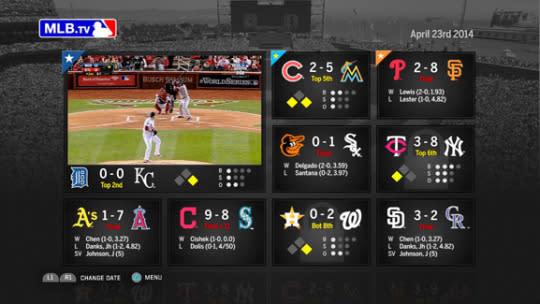
For my money, MLB.tv is the best digital subscription service on the planet — in the summer, anyway. During baseball’s regular season, you get every out-of-market game in high-definition, piped over the Internet to your TV, tablet or phone. The interactive elements — DVR controls, clickable line scores, picture-in-picture — improve every year, and you can choose home or away broadcast feeds. For many lonesome years, I was unable to watch my hometown team, the Detroit Tigers. Now I can catch their games whenever and wherever. Watching baseball on my tablet, wirelessly and in high def, as I move from room to room? It sure feels like love. — Glenn McDonald
Pandora
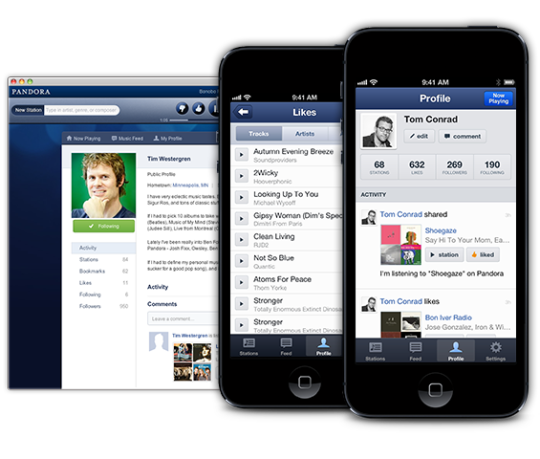
Apple Music? Meh. Spotify? Please. My heart belongs to Pandora. Why? Because, after some judicious fine tuning, it consistently plays tunes I love and introduces me to great artists I would never have otherwise heard. I don’t have to constantly figure out what to play next; Pandora takes care of that for me. I am happy to pay $60 a year to skip the commercials — and I’m a cheapskate.
Of course, it’s not all buttercups and roses. Pandora maxes out at 100 stations, which means I have to keep deleting them as my daughter adds new ones. Some playlists are only about 30 songs long. And, of course, it’s no good if I really need to hear a specific song at a particular moment. (Right now, that’d be “Wall of Death” by Richard Thompson.) But no relationship is perfect. And more often than not, Pandora and I end up making beautiful music together. — Dan Tynan
PlayStation 4
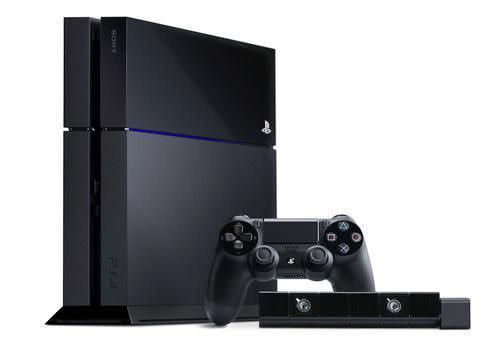
I wasn’t much of a gamer kid, really, so it’s surprising how much quality time I spend with the PlayStation 4 as an adult. Video games are the signature art form of our time, I think, and I spend a frankly embarrassing amount of time playing and thinking about them. The PS4’s souped-up hardware makes it the platform of choice for top-shelf commercial franchises and cerebral indie games alike. Plus, I run all my movies through the PS4 — on Blu-ray, via Netflix, or by digital download. I can get pretty passionate about games and films; the PS4 is my stalwart partner. — Glenn McDonald
Roku Stick
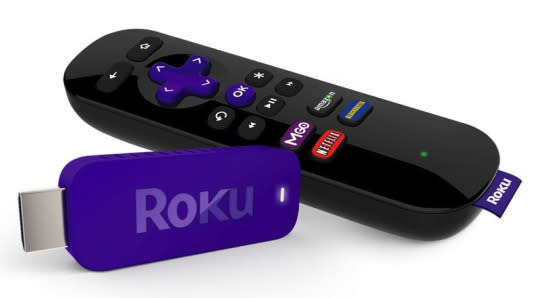
I’ve been with my Roku Stick for more than two years. And in that time it’s become one of my most cherished possessions. Not only do I use it every night to stream Futurama on Netflix, it also lets me watch Mets games through the available Time Warner Cable app without having to pay for an extra cable box. OK, so maybe the Roku Stick is a bit slow, and it doesn’t have a fancy remote with a headphone jack like the Roku 4. But it’s inexpensive and gets the job done, and sometimes that’s all I want. — Daniel Howley
Seamless
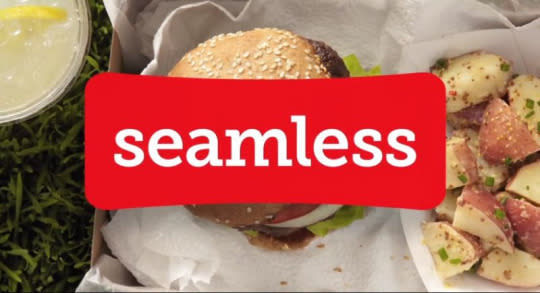
We all have that one app or online service we wouldn’t feel quite complete without. For me, that app/service is Seamless. If you’re lucky enough to live in one of its service areas (which number over 450 in the U.S., according to the site), the app is an easy way to order takeout or delivery from your smartphone, tablet, or computer without having to actually call anyone. Beyond making ordering easier, Seamless has opened my eyes to all kinds of incredible new restaurants in my area and, in the process, turned me on to all kinds of incredible new cuisines I otherwise would never have tried. Sure, I might spend more time using Facebook and Twitter. But Seamless is the app I can’t live without. — Daniel Howley
Sonos Wireless Music System
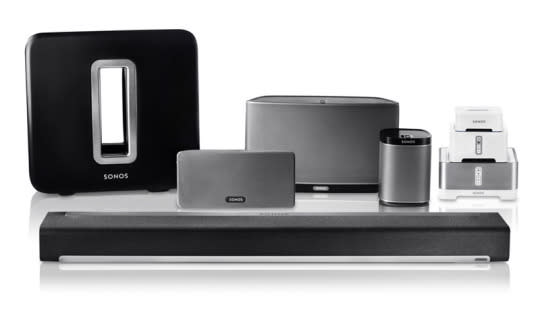
My relationship with Sonos has lasted longer than almost all my personal ones — and, frankly, it’s been a hell of a lot easier. I started with the Sonos ZonePlayer in 2007 or so; since then I’ve moved through through a series of ever-smaller, ever-less-expensive (but still great-sounding) wireless speakers. It’s one of those rare gadgets that really do just work: Press a couple of buttons, and it automatically connects to your home network and your phone. And Sonos keeps adding new music services: You can now listen to nearly 50 streaming music sources, from your iTunes library to Pandora, Spotify, Murfie, and thousands of Internet radio stations. A new Trueplay feature automatically adjusts the sound to match the acoustics in the room. What’s not to love? — Dan Tynan
Sony RX100 Camera
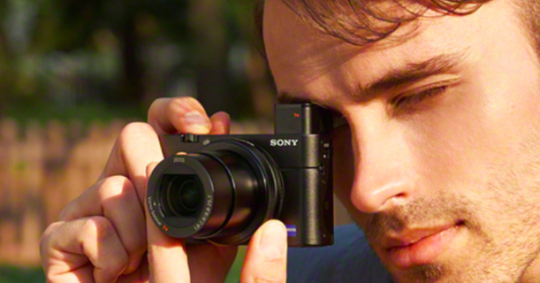
For a tech writer, there’s almost nothing better than getting thank-you emails from readers who bought something you recommended. It’s reflected glory for free. That’s what happens whenever I write up the Sony RX100 camera. It may look like a typical pocket camera, but inside is a huge sensor: 1 inch diagonal, maybe three or four times as big as other pocket cameras’ sensors. A bigger sensor means better color, less grain in low light, and amazing dynamic range (from the darkest to lightest pixels). And thanks to this camera’s f/1.8 lens (the widest aperture available on a pocket camera), you can get some lovely, professional-looking blurred backgrounds. (Don’t take my word for it: Here are some sample shots.)
The 2014 third-generation model, the Mark 3 (which you can get for $750), added a pop-up eyepiece viewfinder, so you don’t have to frame your shots with the screen; the newer Mark 4 ($950) adds a super-slo-mo feature you’ll likely rarely use. Either way, it’s like having professional gear in your pocket. For me, it was love at first shot. — David Pogue
TextExpander
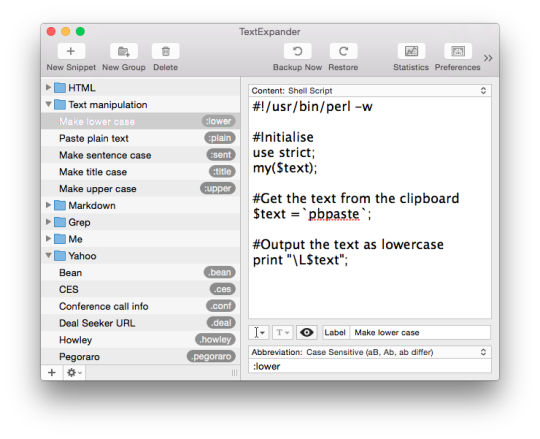
TextExpander and I have been together a long time. I’ve been using the utility — which inserts a saved snippet of text whenever you hit a specific combination of keys — almost as long as I’ve been using a Mac as my primary computer, which is going on 12 years now. And, as in many long-term relationships, there are times when I take TextExpander for granted. But I shouldn’t. Because I use it many, many times a day, all day, every day. Filling out an online form? I can insert my name, address, phone number, and email address with a couple of quick keystrokes. Editing a story? I can add links, formatting, and boilerplate text just as fast. I’ve been doing all that for so long, I don’t even think about it; it’s literally muscle memory. But once in a while it’s good to take a step back and appreciate something that’s always there, ready to help. Really, TextExpander, I couldn’t compute without you. — Dan Miller
Uber/Car2Go
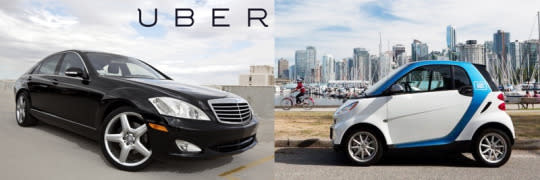
The Uber app and I have been in a serious relationship for years: many, many rides on demand, scooping me from whichever curb I’m standing within minutes. But recently our high-tech transportation commitment has turned complicated — unbeknownst to Uber.
When Car2Go launched in Brooklyn, I couldn’t resist its charm. Cheaper and more fun, its on-demand car rental service has become a steady ride-on-the-side for me. Car2Go rentals are parked streetside throughout my neighborhood, just waiting to be reserved and accessed by the tap of a few buttons in its app for just 41 cents a minute. It’s hard to say no.
Do I feel guilty about my running around on Uber? Sometimes. But in those moments, I just try to remember the rotten way Uber treats its “employees,” and my slinking seems justified. Of course I’ll never completely leave Uber. Car2Go is still too young and unreliable: I can’t always find a car in my area when I need one. But I can’t see this car-on-demand romance-juggling ending anytime soon. — Dan Bean
Vivint
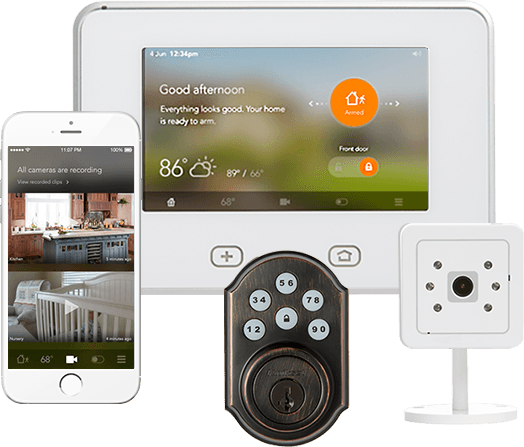
When I agreed to have a Vivint home-security and -automation system installed in my house, I thought it sounded sensible. But lovable? I wouldn’t have said so, but a couple of things changed my mind. First, my friend Karen called to say she was coming over with five pounds of bacon. Unfortunately, I wasn’t home; I was in a car two hours away. But instead of telling her to come by later, I told her to text me when she got there, and I’d open the garage for her. (No, I wasn’t driving; I know better than to try controlling my house from behind the wheel.) It worked like a charm: Karen arrived, I opened the garage, she deposited the bacon in my freezer, then went on her way; I locked up after her from the passenger seat.
But that’s not all Vivint can do. I can see who’s ringing my doorbell and talk to him or her from wherever. If anyone leaves the house in the middle of the night, it’ll ping me — handy when you have teenagers. My daughter says she got home at 10:00 last night? I can check Vivint’s video log to confirm. I can turn the heat up or down, lock or unlock the doors, and arm the security system from bed — even if that bed is in a hotel in Sweden. Is love the same as need? I don’t know. But I do know I couldn’t live without my Vivint. — Christina Tynan-Wood
